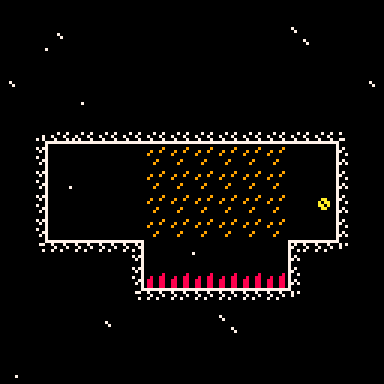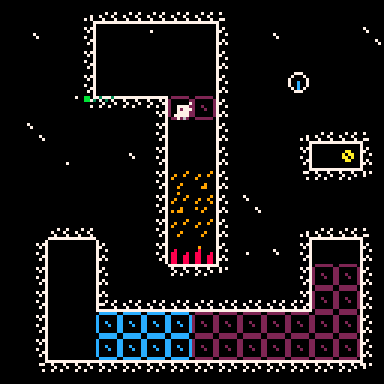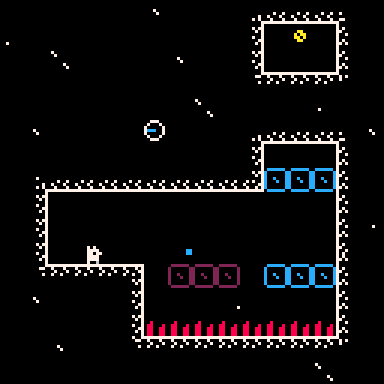
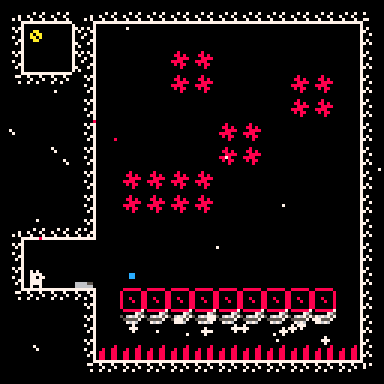
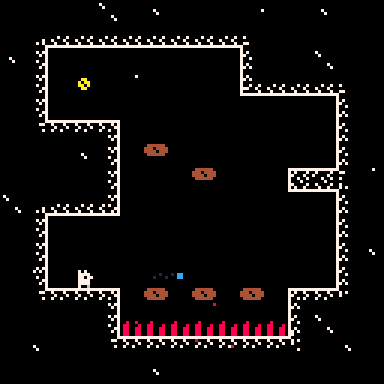
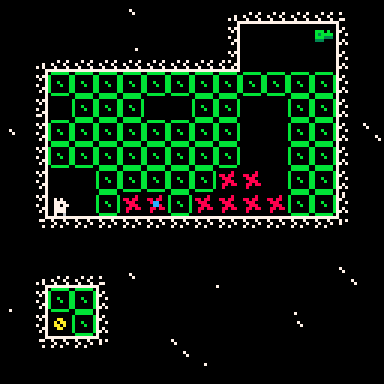
Porter is a 2D puzzle-platformer made solo in Pico-8 over the course of 2 months. The game went through many level iterations and much playtesting. This page talks on the level design of Porter, if you would like to read about the game design click here.
Core Considerations
- Design for player creativity and replayability.
- Pace the level mechanics properly to keep players engaged.
- Find the fun and engage with my community through hardcore level design.
First Pass
Porter is the 2nd iteration of this game idea. The first iteration was made in Unity, and focused more on speed-running and has less puzzling elements. When I adapted the game for Pico-8 I had to make the levels smaller and had to get more gameplay mileage out of shorter bursts of gameplay. I started by making simple levels that teach the player the mechanics is easy-to-approach levels.
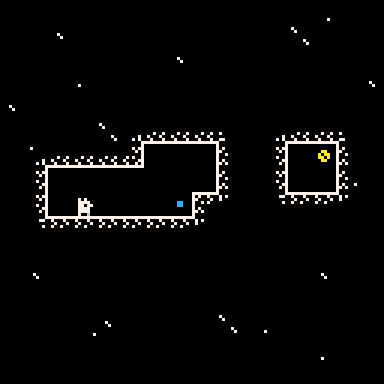
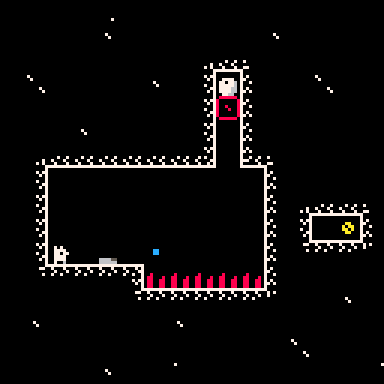
Having simple levels that taught the player how to play gave me a base to build off of. It is important to note that the two levels you see above are from different points in the game. The game would introduce ideas, complicate and riff off of them, then move onto new ideas. With these initial levels down (many of which would be either overhauled or scapped later on), I now had a better understanding of how to move forward with the level design process.
Creating Space for Player Creativity
One of the core design philosophies of Porter was to enable many different play styles. In a short and simple game this can be quite the challenge. I wanted to allow the players to arrive at the coin in each level in many different ways and let them feel clever for finding shortcuts. To do this I made "intended paths" then would hide subtle shortcuts throughout.
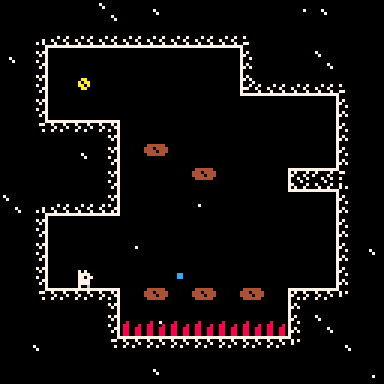
The GIF above shows how one level can be approached in 3 different ways. Likely, a first time player will take the path that has the player jumping over all 5 platforms, landing on the safety of the rock in between. A more experience player will realize the mailability of the levels and instead decide to either skip half-way through the platforms or skip the platforms all together. This freeform approach to level design enables player expression, replayability, and addicting speed-running optimization.
Pacing
Porter is short, and usually takes around 15 minutes to beat on a first playthrough. Despite its short run time, the player is taught and becomes proficient at 8 different environmental mechanics. This is done in the following formula:
- First introduce the mechanics in an isolated environment.
- Then, introduce another level which requires more precise or thoughtfully use of the mechanic.
- Finally, test the player on the mechanic in the context of other previously introduced mechanics.
After this process the player will be proficient enough with the mechanic to handle it while learning new mechanics. This formula is not always done in a sequence of three levels, and may have slight differences from mechanic to mechanic, but this general flow was used to ensure that the pacing of the levels always created fresh and interesting encounters.
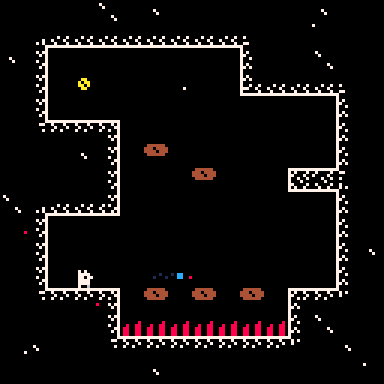
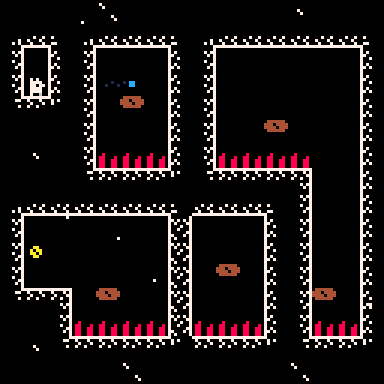
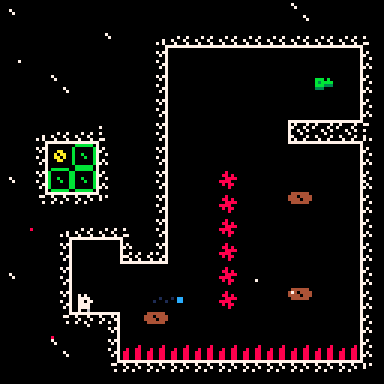
Above, the formula for teaching new mechanics is clearly illustrated for the falling platform mechanic. After these 3 levels there is another difficult falling platform level, then the game moves on to a new mechanic but then uses falling platforms again in the context of new mechanics.
Letting Loose
After releasing Porter, there was an audience of dedicated speed-runners and challenge-runners. I decided to make an additional map pack of extremely difficulty levels for these players. This was also a way to "let loose" some of the difficult level design that wasn't a good fit for the original porter.
